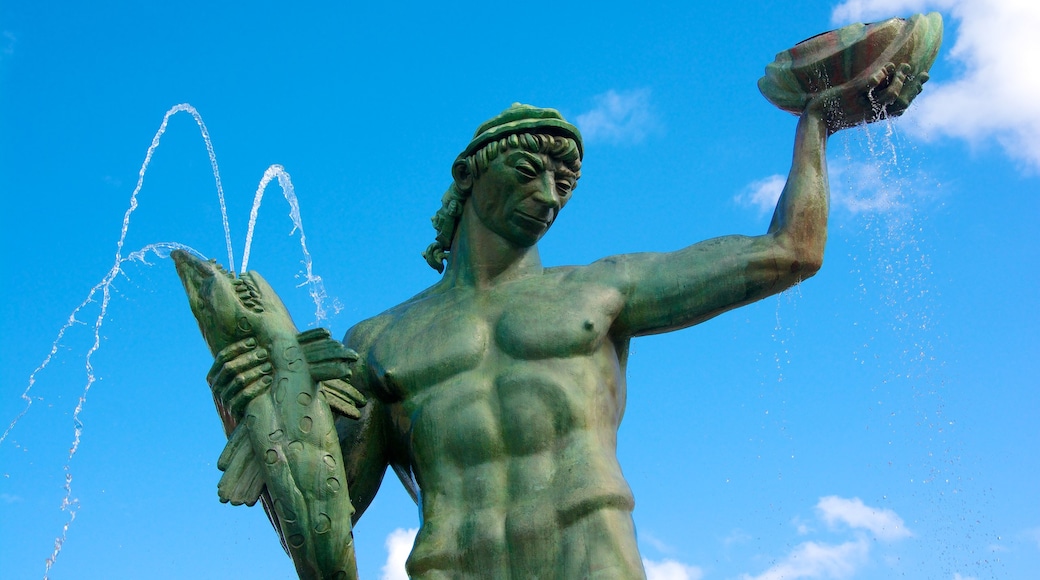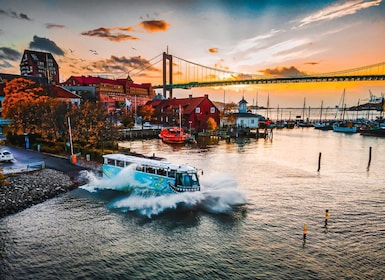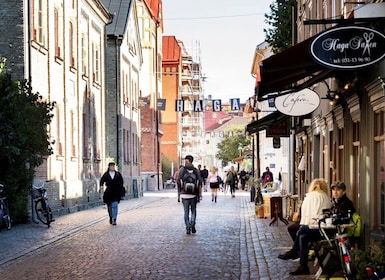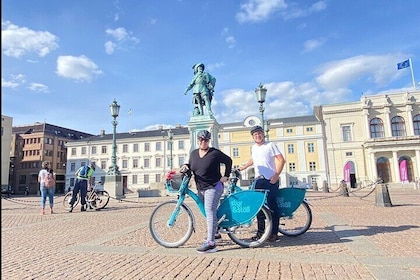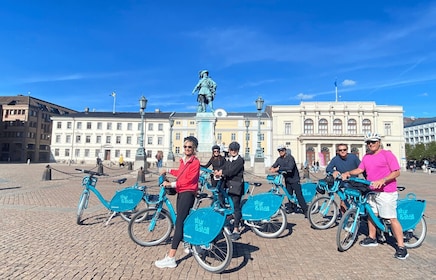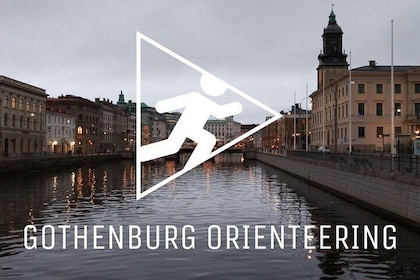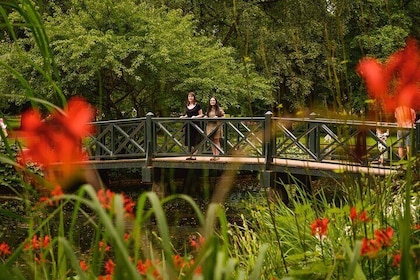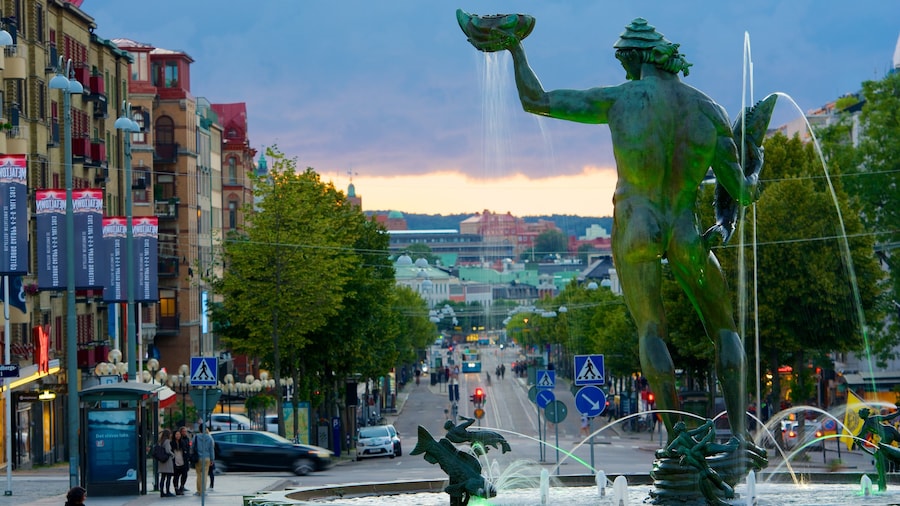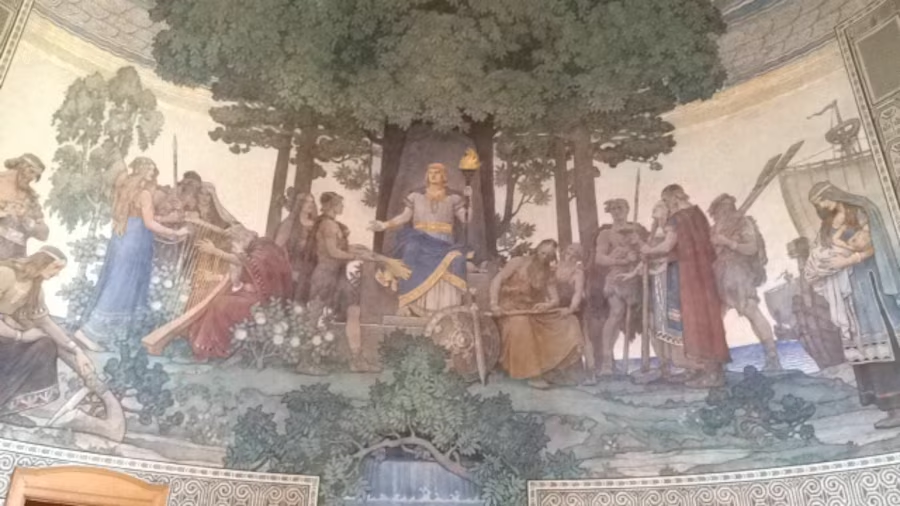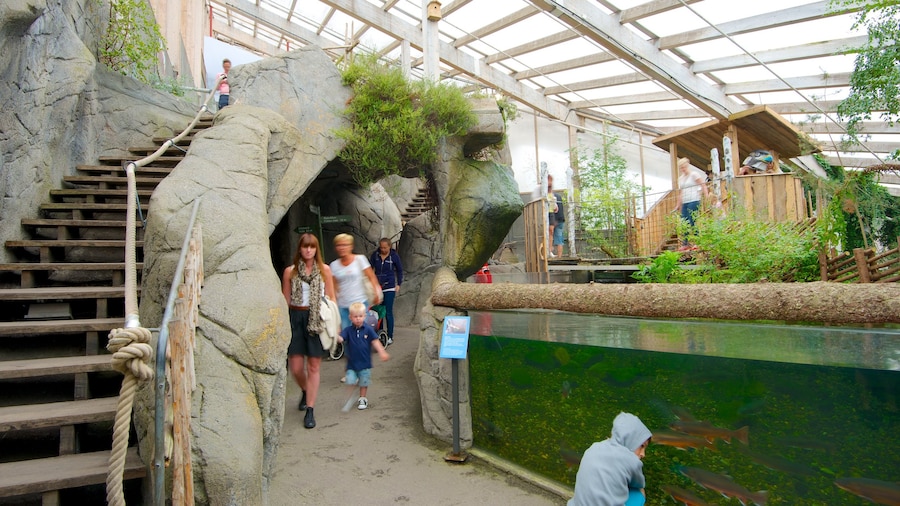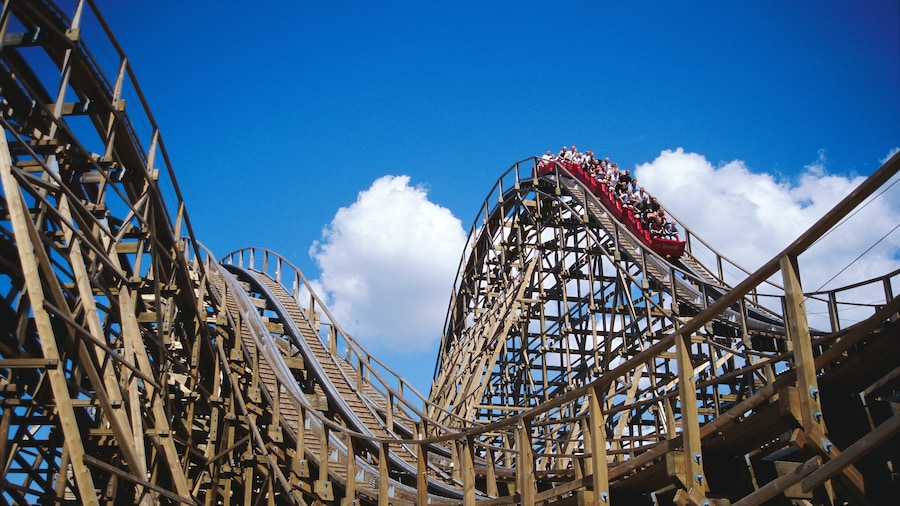Gothenburg’s cultural hub is a great place to come for sightseeing or to enjoy a coffee surrounded by some of the city’s finest buildings.
Götaplatsen (Göta Square) is Gothenburg’s main square. Stand in front of the magnificent statue of Poseidon and line your camera’s viewfinder up to get the perfect shot with the narrow arches of the Museum of Art in the background. Behind you the Avenyn, with its excellent shops and bars, is a very different scene. To either side of you, some of Gothenburg’s most attractive buildings deserve to be photographed too.
Götaplatsen already existed as a natural gathering point before it was architecturally designed and paved in 1923 for the World’s Fair. The event commemorated Gothenburg’s 300th anniversary. Its light-colored stones and spacious design complement the stately buildings surrounding the square, which were built around the same time.
Standing tall in the center is the statue of Poseidon, the Greek god of the sea. The landmark underlines the maritime history of Gothenburg and was designed by Carl Milles. The artwork faces the wide, tram-lined street known as Avenyn, where you will find some of the city’s best shops, bars and cultural entertainment.
Join the locals on the low, wide steps of the Gothenburg Museum of Art and sit and watch the crowds for a while. Behind the steps are the high, narrow arches and yellow brick facade of the Museum of Art, where you will find works by famous Nordic painters and European masters such as Monet and Rembrandt. Further enhancing the square’s classical appeal are the library, the City Theatre and the Gothenburg Concert Hall, home to the Gothenburg Symphony Orchestra.
As the city’s cultural hub, Götaplatsen plays host to events throughout the year. The most renowned is the Culture Festival in August, when you can enjoy several of Sweden’s top bands performing live.
Götaplatsen is centrally located in Gothenburg and is best reached by tram, taxi or on foot from other inner-city attractions. There is no parking on the square itself and nearby garages can be expensive.




